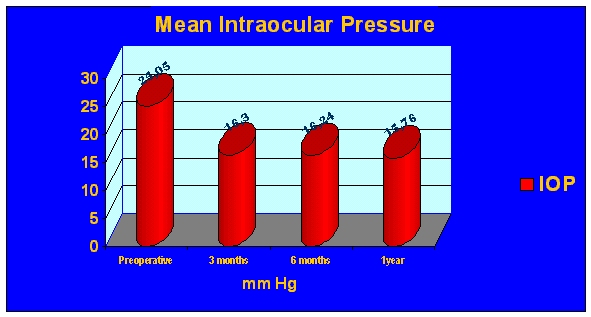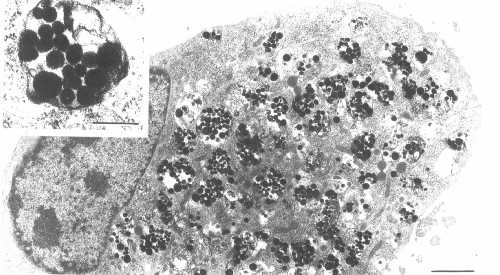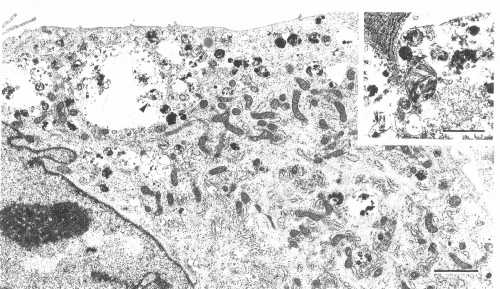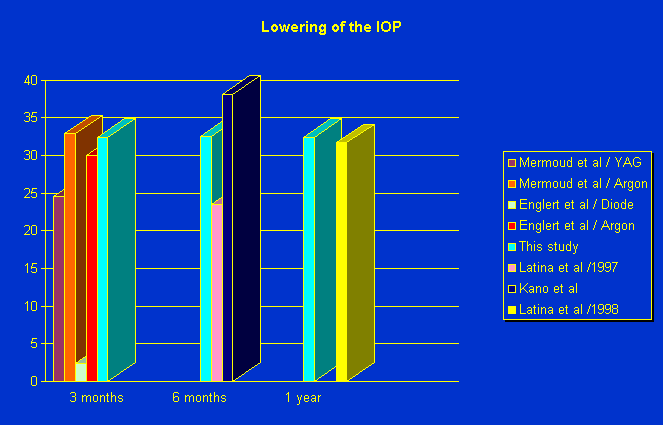| Purpose
A new trabeculoplasty procedure, using a selective
neodynium (Nd):YAG laser has been developed
(1,2) in order to electively target the
pigmented trabecular meshwork.
The purpose of this work was to investigate the safety
and the efficacy of the method in terms of reduction of the intraocular pressure
(IOP).
Population
Fifty-nine eyes of 36 patients were treated. All patients
had primary open angle glaucoma (OAG) with IOP uncontrolled by medical therapy.
All patients were older than 50 years. Patients selected had no past history
of conventional or laser ocular surgery.
Materials and
Methods
A Coherent Selecta 7000
TM laser (Coherent
Inc, Palo Alto, CA), a frequency doubled Q switched Nd: YAG laser was used
for all treatments. The spot size and the pulse duration are : 400µ
and 3ns. The operator can vary energy delivered, the starting pulse energy
being between 0,8mJ and 1mJ. The power was adjusted to obtain a clinically
detectable reaction without frank vaporization bubble . A total of approximately
110 nonoverlapping spots were placed over 360°of the anterior limit
of the posterior trabecular meshwork. The IOP was checked at one hour; 2
hours, the following day, one week, 5 weeks, 3 months, 6 months and a year
after laser treatment. Minimum follow-up was one year for all eyes. |
Results
-
The average patient age was 66.7
±
8.7 years. The disease had been dicovered 6.38
±
5.5 years before laser treatment.
-
The average total energy was 85.9
±
30.6mJ, delivered within 118.9
±
21.9 spots.
-
Preoperative IOP was 25.05mmHg
±
6.3mmHg.
-
Post-operative IOP at 3 months, was 16.3mmHg
±
3.8mmHg, the average lowering of the IOP was
32.43 ±
0.14%.
-
Post-operative IOP at 6 months, was 16.24mmHg
±
2.8mmHg, the average lowering of the IOP was
32.51 ±
0.17%.
-
Post-operative IOP at 1 year, was 15.7mmHg
±
2.4mmHg, the average lowering of the IOP : 33.51
±
0.14%.
-
A transient IOP spike, equal or greater than
5mmHg, and resolving within 24h, was observed in 5 cases.
|
|
Table 1 : Results

Graph 1: Mean intraocular pressure
Discussion
The study of reference (1) is the in vitro
work with the trabecular meshwork by Latina and Park (1995), demonstrating
the selectivity of the process. Equipment that we used was developed specifically
for trabeculoplasty, combining low treatment energy and short pulse duration,
with a wavelength absorbed by melanine. The absence of thermal effect and
the limited duration allow a reduction in radiant energy preserving the
structural integrity of the
meshwork.
Photograph 1 : ultrastructural image of in vitro pigmented
trabecular meshwork cell examined with transmission electron microscopy.
Melanine granules are stored in phagozomes (Latina and Park).
Photograph 2 : ultrastructural image of in vitro trabecular
meshwork cell 4h after irradiation with strong amount (7 times cellular death
threshold) by a switched Q Nd:YAG laser. Lysozomal membranes are broken and
melanine is dirupted, whereas the adjacent structures remain intact (Latina
and Park).
-
The pilot study (2) using
the Coherent Selecta 7000 TM Nd:YAG laser in 31 eyes, showed
 comparable results: 31.6% reduction of the IOP at 1 year
and 6 transient pressure elevations resolved in 24 hours. comparable results: 31.6% reduction of the IOP at 1 year
and 6 transient pressure elevations resolved in 24 hours.
-
In the multicentric study (3)
published later, the IOP reduction was 23.5% at 26 weeks.
-
The results published in Japan
(4) reported 38.1% IOP reduction at 6 months,
with an average fall of 4.4mmHg, in a series of 67 eyes.
Other laser techniques
-
The series published on 1983 by Moulin and Haut
(5) of trabeculoplasty using the argon laser
showed 9.3mmHg average reduction of the IOP at 15 months including patients
older than 60 years. The results obtained using selective laser trabeculoplasty
are equivalent in our study.
-
Mermoud et al.
(6) published in 1992 results at 3 months showing
32.9% IOP fall using the argon laser and 24.5% using a Nd:YAG laser.
-
The diode laser is also used for the trabeculoplasty,
but the results at 3 months showed 2.4% IOP drop using this laser and 30%
using the argon laser (7).

Graph 2 : Percentage of IOP lowering
Conclusion
| Selective laser trabeculoplasty (SLT) appears
to be a safe and effective technique to lower the intraocular pressure, and
could be an alternative to argon laser trabeculoplasty.
Larger series and longer follow-up comparing SLT
to standard ALT are required to know if this techniques should be considered
the laser procedure of choice for treatment of open angle
glaucoma. |
 |
References
-
M.A.Latina, C.Park Selective Targeting
of Trabecular Meshwork Cells : In Vitro Studies of Pulsed and CW Laser
Interactions Exp. Eye Res. 1995 ;60/4 :359-372
-
M.A.Latina, S.A.Sibayan, F.Gil-Carrasco,
O.Garza-Saide, D.H.Shin, R.J.Noecker Selective Laser Trabeculoplasty :A
Pilot Clinical Trial ARVO 1997
-
M.A.Latina, S.A.Sibayan, , D.H.Shin,
R.J.Noecker, G.Marcellino Q-switched 532-nm Nd:YAG Laser Trabeculoplasty
(Selective Laser Trabeculoplasty) - A Multicenter, Pilot, Clinical Study
Ophthalmology 1998;105:2082-2090
-
K.Kano, Y.Kuwayama, S.Mizoue, N.Ito
Clinical results of selective laser trabeculoplasty Nippon Ganka Gakkai
Zasshi 1999;103/8:612-618
-
F.Moulin, J.Haut Results of argon laser
of 100 eyes with open-angle glaucoma (trabeculoplasty, trabeculoretraction)
J Fr Ophtalmol 1983;6/8-9:661-670
-
A.Mermoud, C.P.Herbort, C.C.Schnyder, N.Pittet
Comparison of the effects of trabeculoplasty using the Nd-YAG laser and
the argon laser Klin Monatsbl Augenheilkd 1992;200/5:404-410
-
J.A.Englert, T.A.Cox, R.R.Allingham,
M.B.Shields Argon vs diode laser trabeculoplasty Am J Ophthalmol
1997;124/5:627-631
|
|